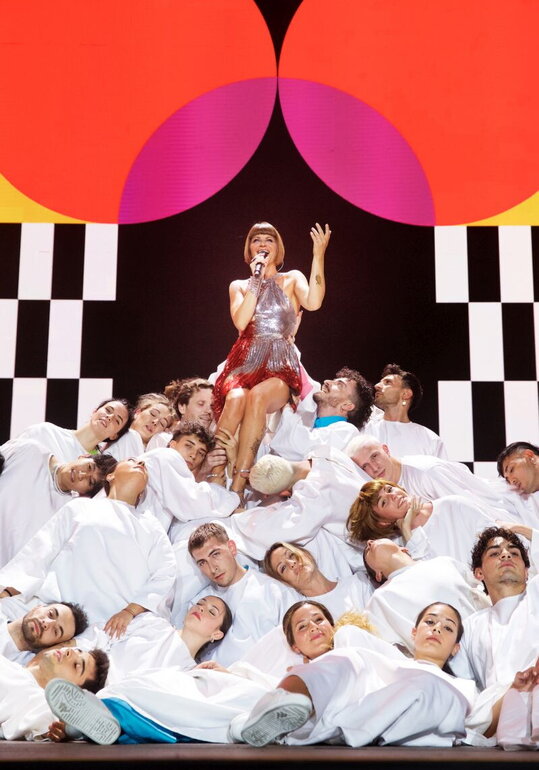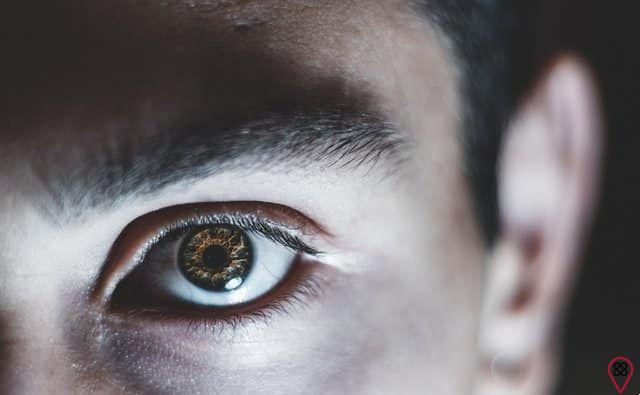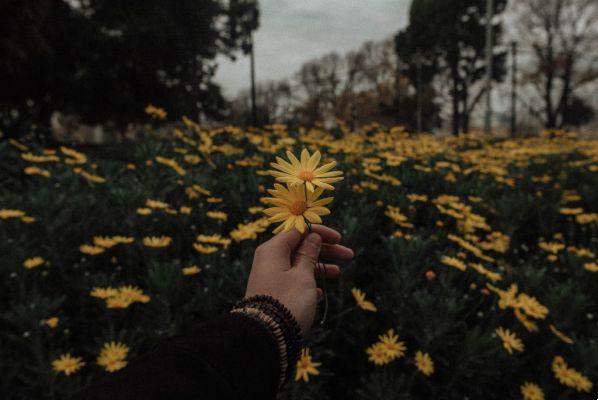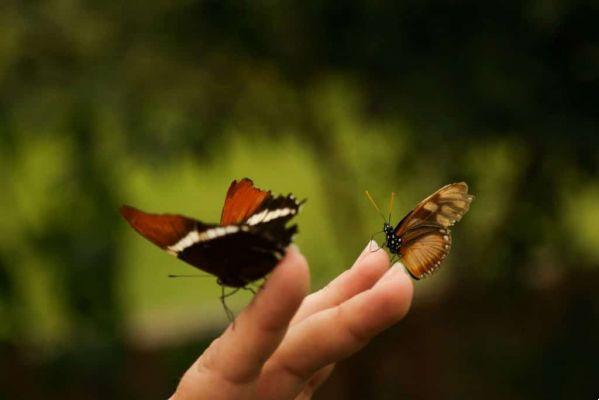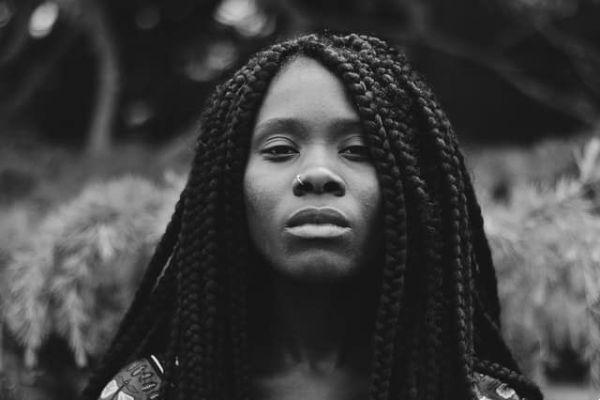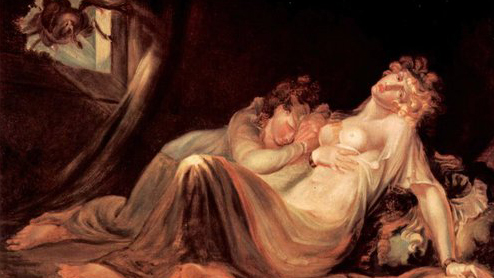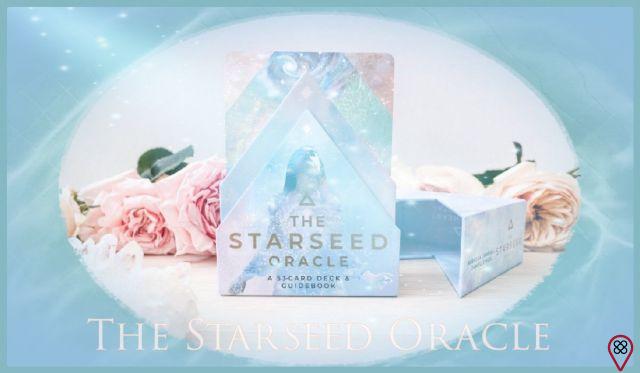Some symbols become so iconic that we can find them outside their countries of origin, in clothing prints, sculptures, brooches, tattoos and so many other artifacts – as examples, we have the Eiffel Tower, the Tower of Pisa and Christ the Redeemer. .
A symbol that is known worldwide, of great impact and that goes beyond the borders of its country is “La Catrina”, or simply “Catrina”.
The female skull with an elegant dress and a fancy hat is a very present figure in the Mexican festivity of the Day of the Dead. It is everywhere and there are contests in the country to choose the most beautiful costume or the one that best represents La Catrina.
Understand what this traditional figure of Mexican culture means and discover that this skeleton represents much more than death!
The origin of La Catrina
La Catrina emerged from the Aztec Goddess of Death, Mictecacihuatl, who guarded the bones of the dead so that, if necessary, they could be used. She also presided over the Day of the Dead festivities. She was married to the Lord of the Realm of the Dead, known as Mictlantecuhtli. They lived in the ninth and final layer of Mictlán, hell for the Aztecs, an empty place where nothing existed.
Before being called “La Catrina”, it was called “La Calavera Garbancera”, or “The Garbancera Skull”. It was created by the cartoonist and illustrator José Guadalupe Posada (1852-1913), in 1910.
The cartoonist drew a skull wearing an extravagant hat, representing the fact that death is universal and democratic, as it affects everyone indiscriminately and without social class privileges or any other attribute. He used the symbol to make a political protest against the inequalities and social injustices generated by the dictatorships of Benito Juárez, Sebastián Lerdo de Tejada and Porfirio Díaz, looking to his Mexican roots for an ironic way of expressing his way of thinking and alerting the public.
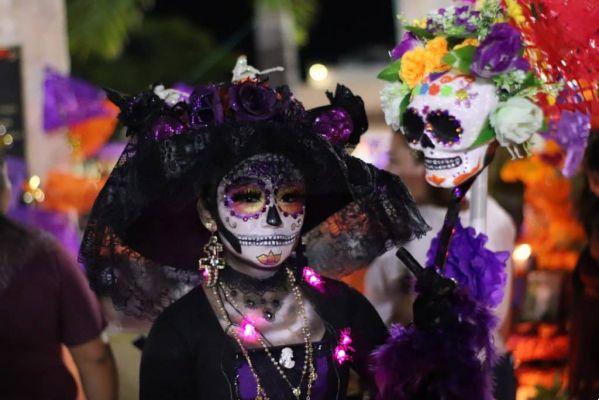
Posada used the term “garbancera” referring to people who assimilated the customs of other nations – for example, European nations –, to the detriment of maintaining their own indigenous Mexican origins. He intended to highlight the importance of nationalism. The ornate hat he drew in the engraving was alluding to a French model. He popularized the figure of La Catrina.
It was Diego Rivera (1886-1957), muralist painter and husband of Frida Kahlo, who gave the name “La Catrina” to Calavera Garbancera, when he portrayed her in the mural “Dream of a Sunday afternoon in Parque Alameda”, from 1948, rescuing the roots of Mexican culture and representing more than 400 years of Mexican history through various icons. La Catrina was made full-length, with a very ornate and elegant dress and period accessories. From then on, the name La Catrina remained.
La Catrina was also part of the Calaveras Literárias, traditional poetry of Mexican culture, common in Day of the Dead celebrations, which ridiculed and satirized life and death in everyday life.
We currently see La Catrina in prints on fabrics, clothes and dishes, as makeup on the Day of the Dead and other dates around the world, in illustrations, tattoos and so many other places. It has become a symbol of modern popular culture, often seen in skulls, not just a full-body skeleton. Well designed, in black and white or very colorful, it can even bring the idea of death and have the function of a “memento mori” (Latin expression for “Remember that you are mortal”), very vividly.
La Catrina no Dia dos Mortos
Day of the Dead in Mexico is a celebration with festivities across the country. There is the Skulls Cultural Festival, where people celebrate death as an inevitable part of life and wear skull makeup, representing the figure of La Catrina, praising culture and valuing roots. The Festival is an attraction in Aguascalientes, 523 km from Mexico City.
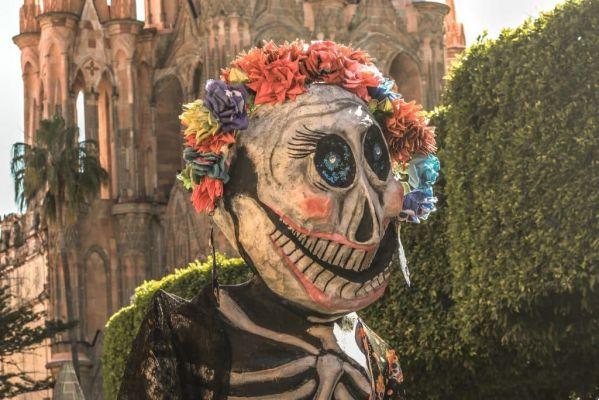
A skull drawn directly onto the face is La Catrina's most common makeup. On the Day of the Dead in Mexico, she stamps faces, including those of children. For Mexicans, this practice is an opportunity for family unity. Relatives get together to make up, pray, remember and honor their deceased ancestors, always considering the indisputable truth that everyone will have their bodies turned into bones after death, which, for them, does not represent the end, but another way of life. existence, in a place of abundance and joy. That's why the date is a celebration and La Catrina is the expression and rescue of ancestry.
La Catrina in the arts
Guillermo Flores and Maurício Groenewold are two Mexicans of contemporary art who include the figure of La Catrina in their works.
For Guillermo, La Catrina reminds us of how ephemeral life is and, therefore, we have to make the most of it. He includes her in her works because she represents a social critique. The main references of his work are botany and surrealism. So his Catrinas have those elements.
For Groenewold, the figure of La Catrina in Mexican culture is a strong symbol that does not bring sadness, but colors and joy. He has as reference more traditional artists, such as Posada, Toledo, Durero, Escher, Leopoldo Mendez and others. His Catrinas are more “realistic” and nationalistic.
In conclusion, “La Catrina” comes from the term “Catrin”, which means well-dressed, so it is feminine to designate the skull dressed in formal attire, with a rich hat, sometimes mounted on horseback and at high society parties.
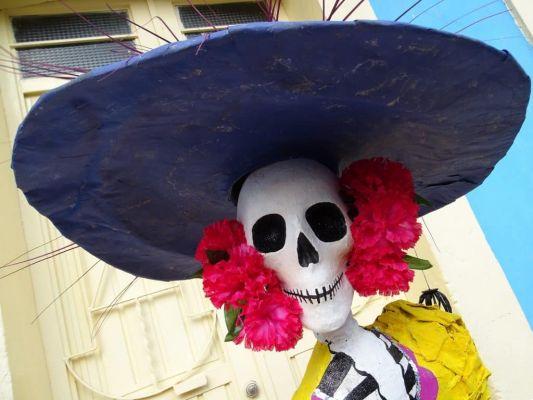
Far beyond representing the Goddess of Death, she served as a social critic against dictatorial governments, showing, in everyday life, the misery, political barbarities and hypocrisy of Mexican society.
La Catrina is part of the nationalist intellectual movement to value the indigenous culture of Mexico. She rescues her Mexican roots, being part of indigenism. This iconic figure, of singular beauty and which awakens creative aesthetics, is very charismatic.
The meaning of the “Goddess of Death”, the “Skull Garbanceira” or “La Catrina” is profound. He shows us that, however different each one's life may be, death brings us together, makes us equal, without distinction. This is a universal concept, from the collective unconscious. Perhaps that is why the symbol transcends Mexican culture.
You may also like
- Transcend the concepts and temerity of death!
- Discover why “we don't have time to fear death”
- Understand death as part of the cycle of life
La Catrina is an instrument of self-knowledge, because it allows us to reflect on the value we give to our lives and how we enjoy the opportunities that arise. It makes us wonder if, in addition to the bones, we will leave a memorable story (for the Aztecs, skulls kept memories), to what extent our roots influence us and how much we know them. Immerse yourself in your concepts and enjoy the beautiful experience of living!





